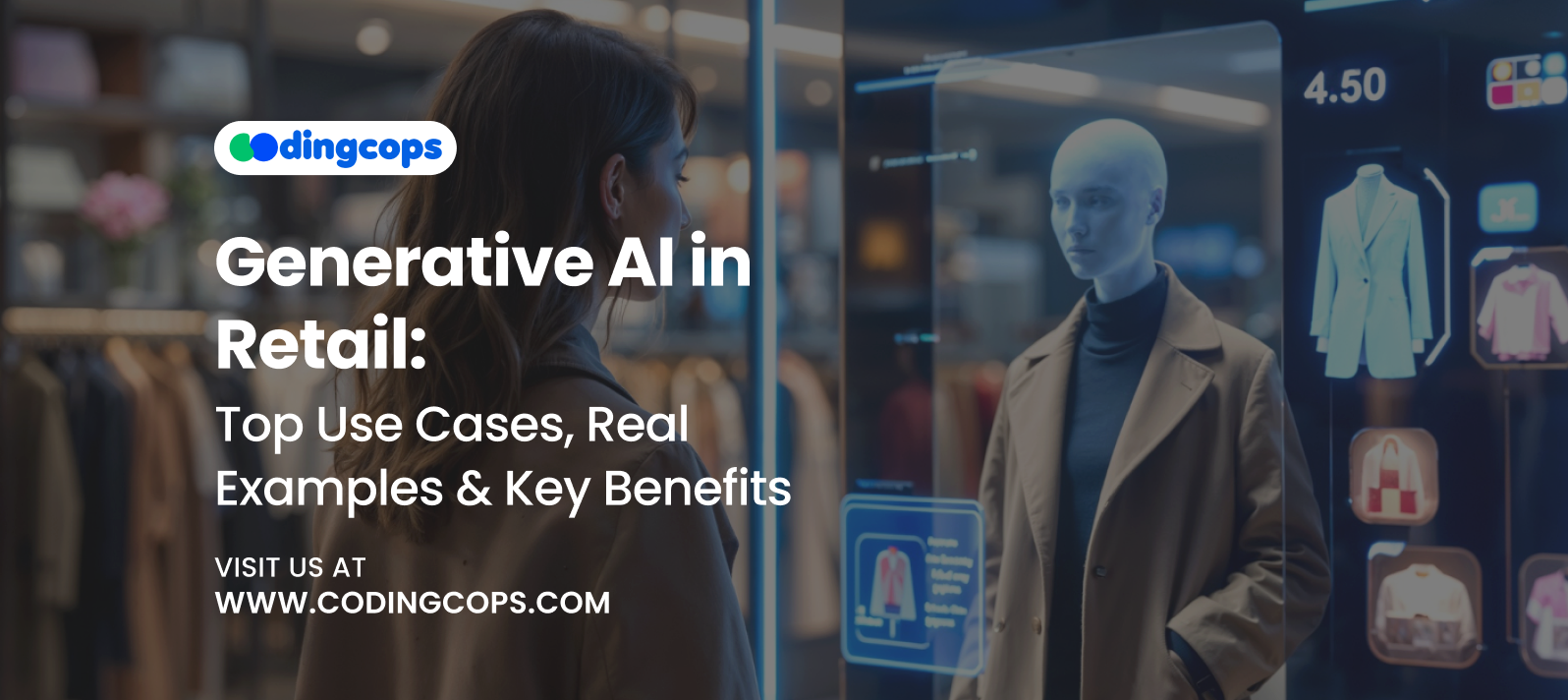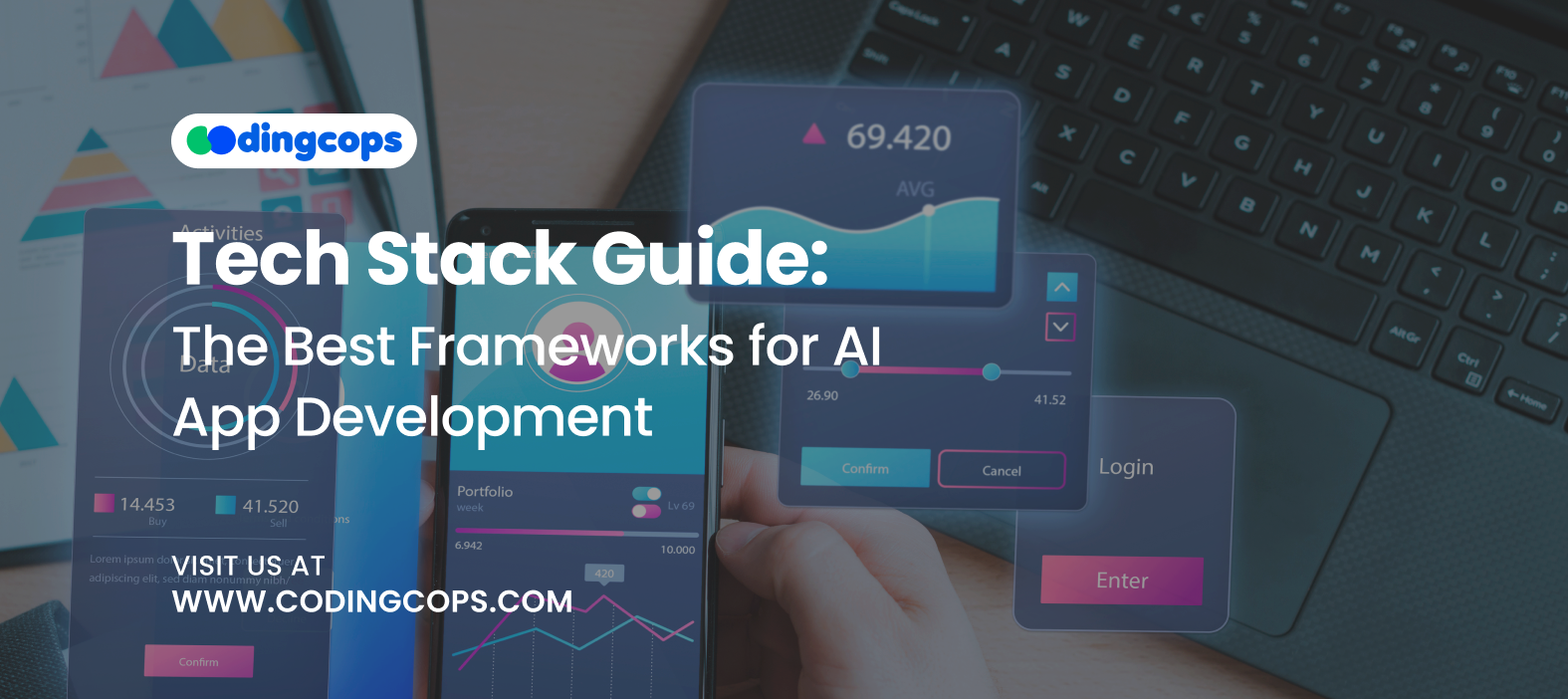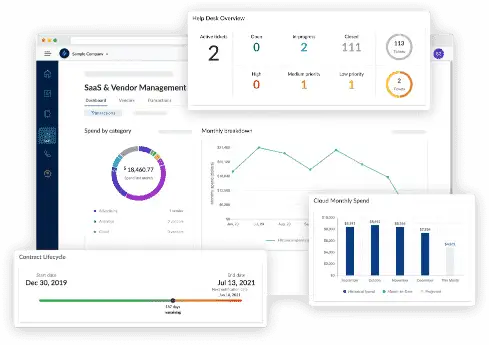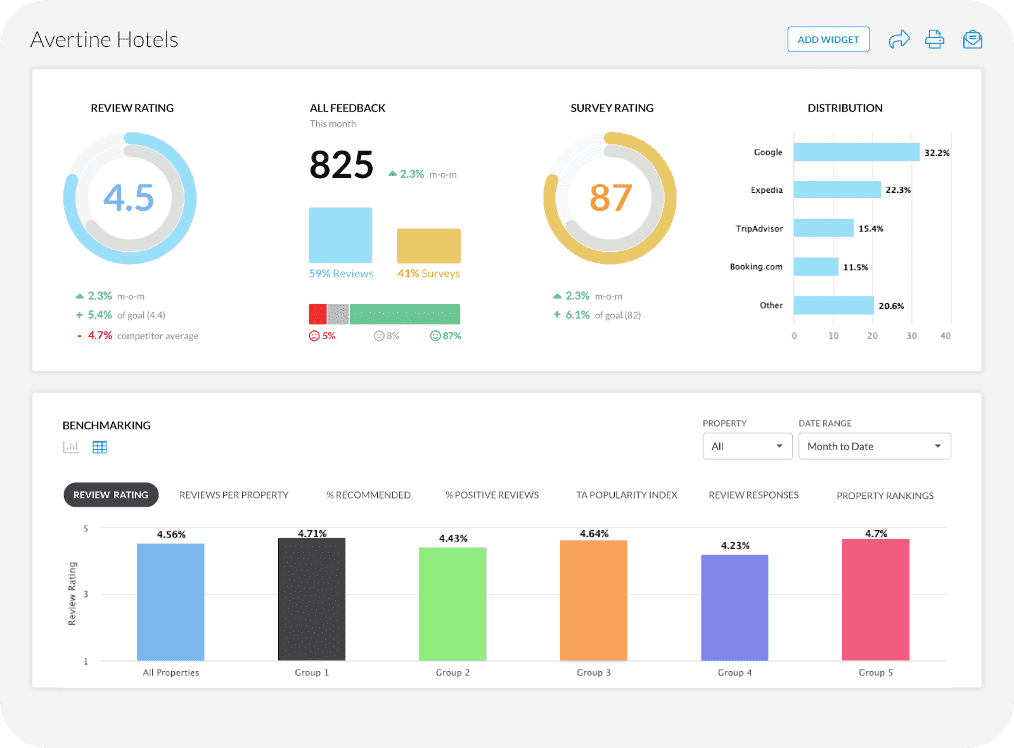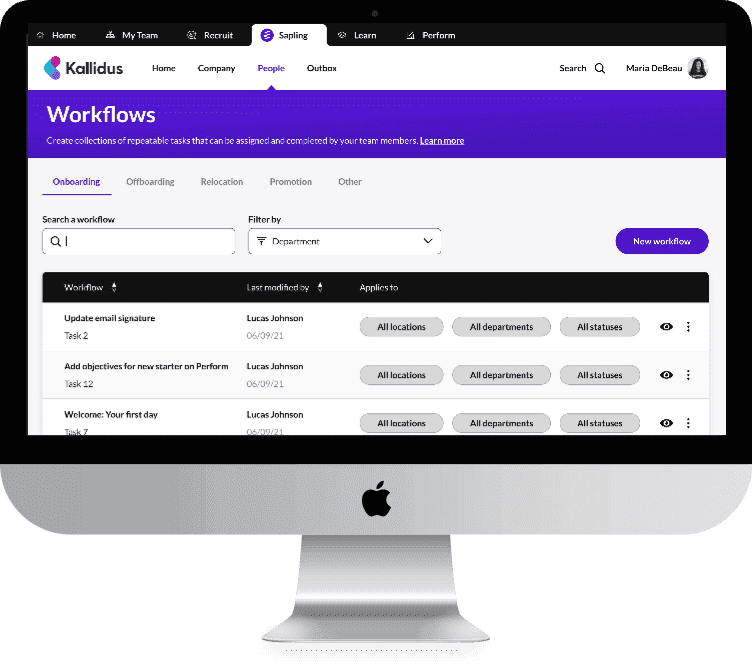According to a survey by Adobe, 85% of respondents noted that generative AI improved their shopping experience. Also, 73% of these respondents cited it as their primary source of product research.
This is due to the fact that the retail sector is going through one of the biggest changes in history. Every retailer is searching for more intelligent and effective methods to draw in clients and streamline processes. Generative AI can create entirely original material, from writing and images to advertising campaigns and product concepts.
Generative AI is turning into a strategic need as consumers seek greater customization and firms for consumer attention on digital platforms. Additionally, retail executives are already utilizing technology to create distinctive client experiences and produce captivating content that was previously unattainable through manual operations.
In this guide, we’ll explore why retail businesses need generative AI, the most promising use cases, and the benefits it brings.
Why Retail Businesses Need Generative AI?
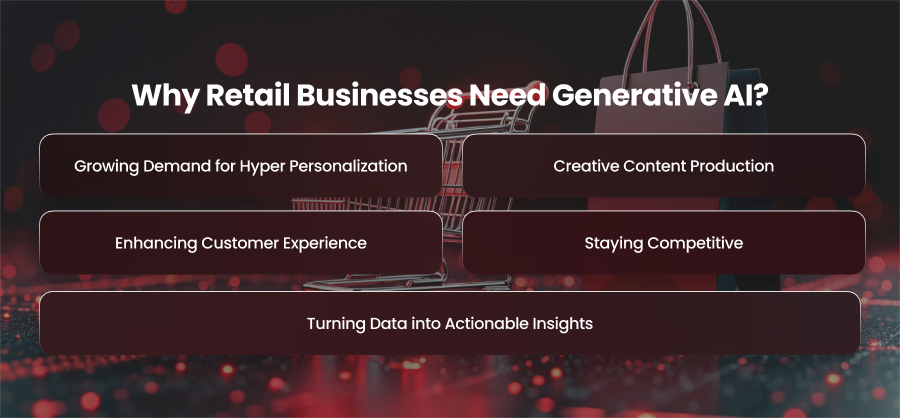
Growing Demand for Hyper Personalization
Customers no longer tolerate generic marketing messages. They anticipate that brands will understand their personal preferences. Additionally, businesses can now offer highly customized experiences at every client touchpoint thanks to generative AI.
AI generates dynamic landing pages with personalized recommendations for each visitor using a natural language model. For example, a fashion retailer may provide automatic product recommendations based on a customer’s browsing history.
Creative Content Production
The foundation of retail marketing is content. Retailers must continuously provide interesting content. This includes digital advertisements, product descriptions, and social media updates, to maintain audience attention. However, creating excellent material by hand takes a lot of time and money.
Generative AI changes this with tools like ChatGPT and Jasper AI. As a result, shops are able to produce eye catching graphics and enticing content automatically and at scale. For instance, without employing more writers, a big eCommerce business may quickly generate hundreds of distinct, well optimized product descriptions for new inventory.
Enhancing Customer Experience
Customers now value instant service more than ever before. Generative AI powered chatbots allow merchants to provide ongoing support. This makes it easier to answer complex queries using natural language.
Generative AI models may comprehend consumer intent and respond with context-awareness, in contrast to typical chatbots that depend on prewritten scripts.
Staying Competitive
Each year, thousands of new brands hit the market. Differentiation is therefore a significant difficulty. Generative AI may help businesses develop faster, giving them a competitive advantage. This entails coming up with fresh ideas for products and putting real time, trend responsive advertising strategies into action.
Retailers using AI tools can analyze emerging consumer behaviors and generative creative campaigns that capture attention before competitors even spot the trend. Hence, this proactive creativity translates into a stronger brand identity.
Turning Data into Actionable Insights
Large volumes of data are gathered by retailers from supply networks and consumer interactions. However, raw data is only valuable if it motivates action. Additionally, generative AI transforms complex data into predictions and smart conclusions. This facilitates decision making and demand forecasting.
AI, for instance, may create possible results by simulating various pricing or promotional techniques. This provides businesses with a success plan based on data.
Use Cases of Generative AI in Retail
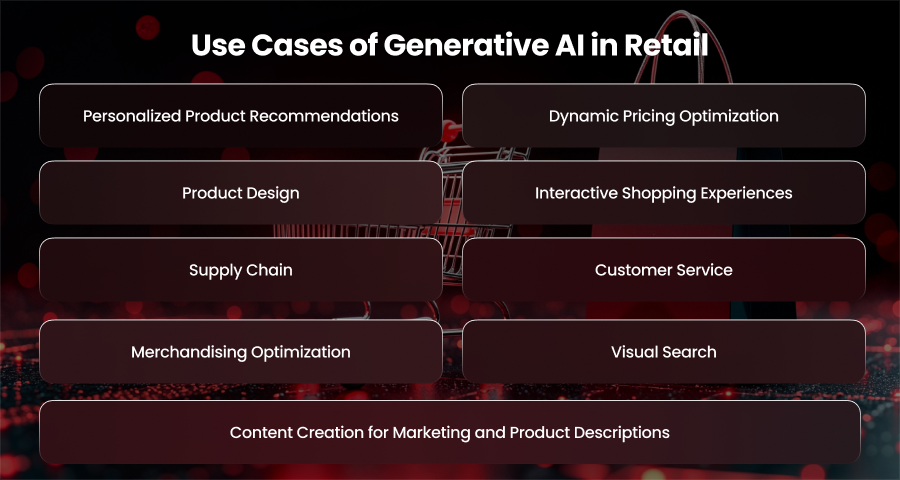
Personalized Product Recommendations
One of the most significant applications of generative AI in retail is hyper personalized product recommendations. Furthermore, generative AI transcends the collaborative filtering or basic algorithms employed by conventional recommendation systems.
Retailers can predict what various consumer types would desire next by using generative AI to generate synthetic customer personas that mimic real world buying behavior. This improves client happiness in addition to conversion rates.
An AI system can suggest a winter jacket to a consumer based on their browsing habits and previous purchases of scarves.
Dynamic Pricing Optimization
Pricing has the power to create or break sales in retail. By examining consumer demand and market trends, generative AI assists merchants in making real time, dynamic price adjustments.
Generative AI can provide predictive pricing scenarios that estimate customer response at various price points in place of static pricing models. Retailers may also utilize these information to keep customers loyal while increasing income.
For example, the AI may automatically reduce the cost of popular products during promotions or holiday seasons while keeping margins on less expensive things. Hence, this ensures profitability without alienating price conscious shoppers.
Product Design
Manufacturers and merchants can now build cutting edge products more quickly thanks to generative AI. AI can therefore provide many design concepts in a matter of minutes by examining industry patterns.
AI models like as DALL-E, for instance, may produce apparel designs in the fashion sector based on certain themes or materials. Additionally, before releasing new collections, merchants may hone these AI generated concepts.
In addition to ensuring that designs align with current customer preferences, this technique speeds up time to market.
Interactive Shopping Experiences
Generative AI has changed the concept of online shopping through virtual try-on experiences. Retailers may develop realistic virtual fitting rooms that let customers sample items before buying them by utilizing generative models that have been trained on real world images.
These AI experiences improve consumer happiness and drastically lower return rates. Generative AI powered augmented reality solutions are quickly emerging as a crucial difference for companies looking to create engaging retail environments.
Content Creation for Marketing and Product Descriptions
Generative AI is also streamlining marketing operations. Now, retailers may write alluring emails for sales.
AI models like Jasper may write campaign slogans or social media captions that align with the brand’s tone. Quality visuals for advertisements may also be produced using visual AI models like Midjourney.
This automation allows marketing teams to stay consistent across all digital channels while concentrating on strategy.
Supply Chain
Because generative AI creates predictive models that foresee changes in demand, it is essential for supply chain management. Retailers may also utilize this information to reduce stockouts and overstocking problems and manage inventory more effectively.
Furthermore, when actual data is few or insufficient, generative AI may produce synthetic demand data to aid in increasing forecasting accuracy.
Customer Service
Generative model powered AI virtual assistants are revolutionizing retail customer service. In a conversational manner, these helpers may answer questions and even walk clients through the checkout procedure.
Unlike traditional chatbots that follow pre written scripts, generative AI assistants may deliver context aware and dynamic responses, which enhances the naturalness of discussions. Additionally, this lessens the effort for customer service representatives while increasing client contact.
By analyzing past customer interactions, AI may eventually be able to learn from and improve its responses. This ensures personalized service at every touchpoint.
Merchandising Optimization
Retailers are also using generative AI to create more efficient shop layouts. AI can create the ideal store layouts to optimize product exposure. It also enhances the entire shopping experience by evaluating sales performance.
For example, it may simulate many shop designs to see which one enhances sales or traffic flow. This gives merchants the ability to make data driven choices about promotional displays and shelf positioning.
Visual Search
Customers may use visuals rather than text to locate items thanks to generative AI visual search. The AI will produce identical or comparable items from the store’s inventory if customers provide a photo of an item they want.
Particularly in the fashion business, this technology aids in bridging the gap between inspiration and purchase. Furthermore, missing product images can be produced using generative models. For example, producing several color variations or presenting goods from various perspectives.
Real World Examples of Generative AI in Retail
Amazon
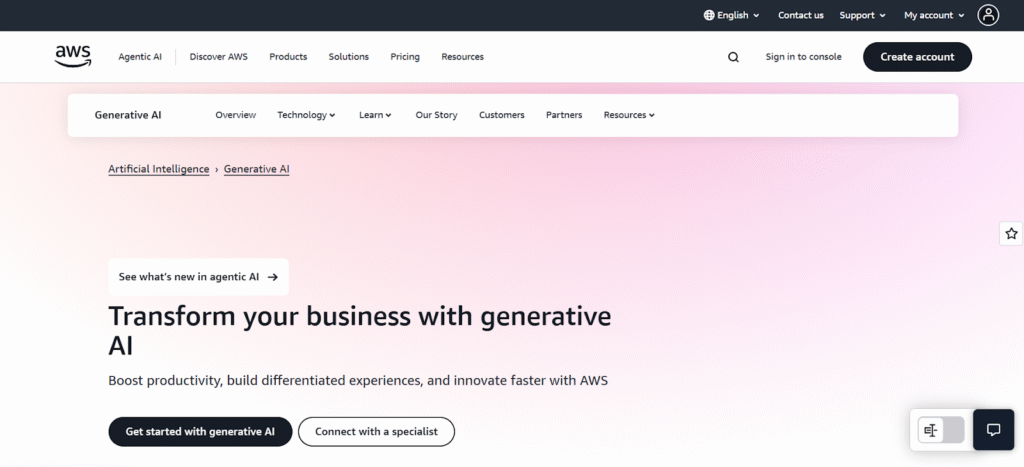
Amazon has always been at the forefront of AI, but its customisation has evolved thanks to generative AI. The business uses generative algorithms to offer personalized product recommendations based on millions of data points, such as browsing history.
Additionally, Amazon uses generative AI to optimize its dynamic pricing. Its systems continuously generate new pricing models to determine the best price points for different customers and markets.
Walmart
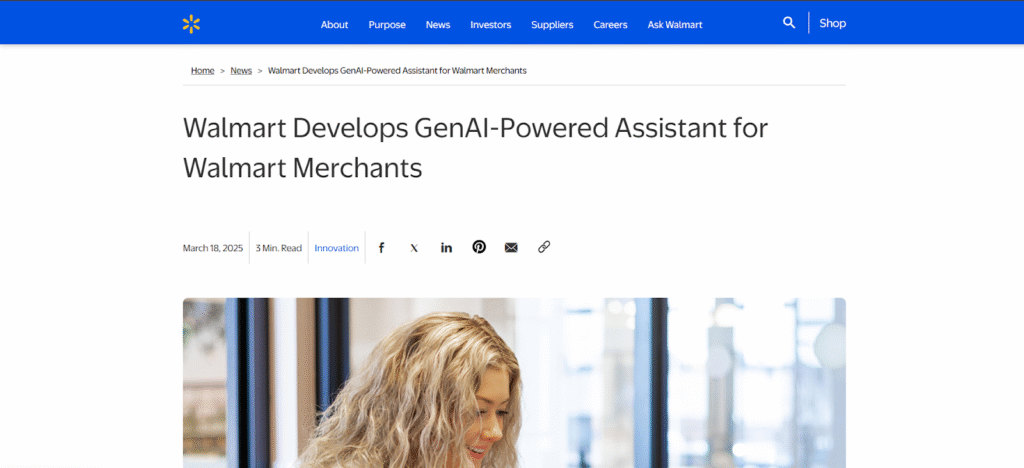
Walmart has integrated generative AI across multiple aspects of its retail operations. One of its most significant applications lies in inventory management and supply chain forecasting.
Based on outside variables like regional events and consumer purchasing patterns, Walmart’s generative AI models forecast possible demand scenarios. By using these predictive models, the business may minimize waste and stockouts by making sure that stores are stocked with the appropriate items at the appropriate times.
Additionally, Walmart optimizes shop arrangements using AI generated layouts, which enhances product exposure and consumer traffic flow. The most effective combinations are suggested by the system, which creates many virtual shop layout models.
Personalized suggestions are also produced by Walmart’s AI shopping assistant, which is incorporated into its website and app. For millions of users, this improves their purchasing experience.
Nike
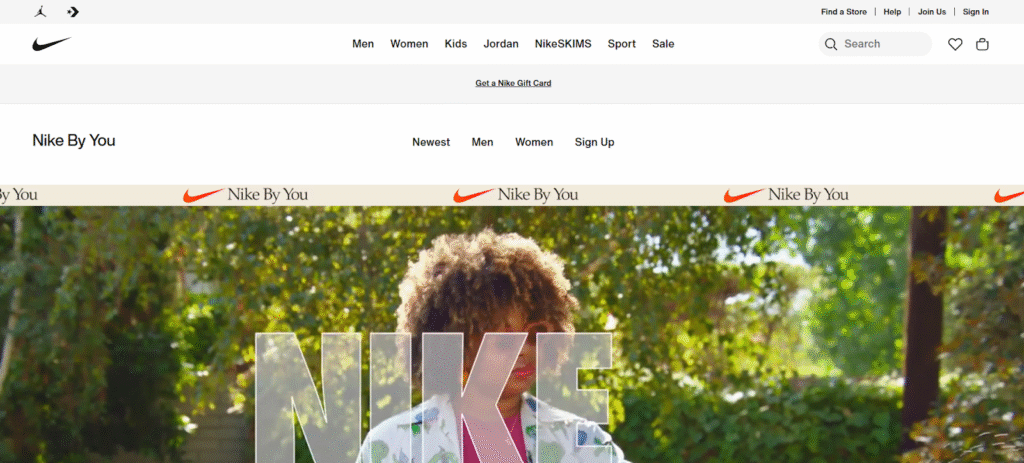
Nike is utilizing generative AI to change how it designs and markets products. The brand allows customers to co-create shoe designs using AI powered design tools through its Nike By You. Additionally, these technologies create materials and color schemes based on the personal style preferences of each client using generative algorithms.
Nike uses artificial intelligence to generate and test thousands of design variants. This accelerates the cycles of creation, allowing designers to focus on creativity while AI handles efficiency.
Sephora

Sephora has become a benchmark for AI driven personalization in retail. Its Virtual Artist feature, powered by generative AI, allows customers to try on makeup products virtually. The AI generates realistic simulations of how lipsticks or foundations will appear on the user’s face based on lighting and texture.
Additionally, Sephora offers customized beauty advice using generative AI. The device generates personalized skincare or makeup routines after examining customer profiles.
Additionally, Sephora’s AI chatbot uses generative models to offer conversational answers to customer inquiries and product and cosmetics recommendations. The brand has improved consumer interaction and fortified its omnichannel presence with the assistance of AI and customisation.
IKEA
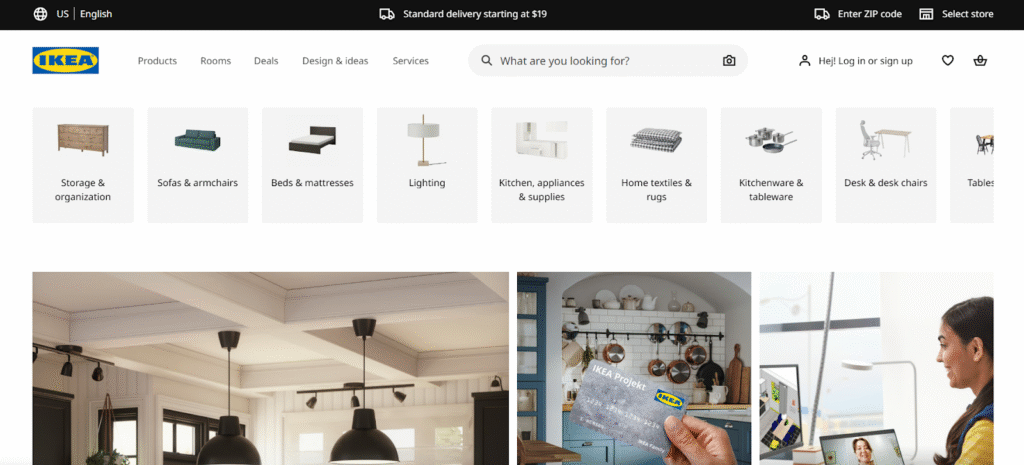
IKEA’s use of generative AI in design visualization has revolutionized furniture purchasing. Customers may submit images of their rooms to platforms like IKEA Kreativ, and artificial intelligence creates lifelike representations of how IKEA furniture might seem in such spaces.
Customers may have a more customized shopping experience because to these generative models’ ability to autonomously change room layouts and décor. Additionally, the AI may recommend goods that fit the user’s budget or desired style, increasing ease and happiness.
Challenges in Generative AI in Retail
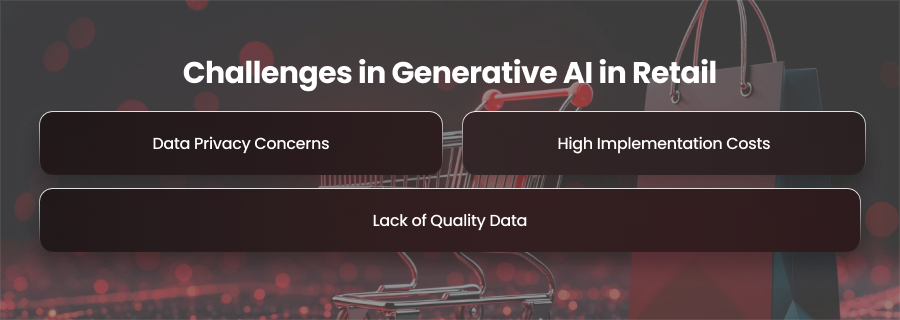
Data Privacy Concerns
Large datasets are mostly necessary for generative AI to produce accurate results. However, the gathering and application of this data raise serious privacy issues. Retailers are required to guarantee the safe storage and responsible use of consumer data.
Furthermore, using AI insights makes it much harder to comply with rules and other data protection legislation. Any misuse or compromise of personal information might have negative effects on one’s reputation in addition to legal ramifications.
High Implementation Costs
Integrating Generative AI systems is often and expensive endeavor. Purchasing high performance computer equipment and training complex AI models may quickly drive up prices, particularly for small or mid sized companies.
Budgets may be strained by continuing costs like cloud storage and constant model retraining after initial setup.
Lack of Quality Data
Generative AI models perform best when trained on high quality and accurate datasets. However, a lot of companies in the retail industry deal with fragmented or insufficient data sources. For example, customer data may be spread across many systems. This makes integration difficult.
Inaccurate forecasts might also result from skewed data. Additionally, inventory control may suffer from low quality data. This undermines the benefits of deploying AI.
Final Words
Generative AI is transforming the retail industry. It enables personalized experiences. However, issues like data privacy must be fixed if its adoption is to be effective. By finding a balance between ethics and technology, businesses may also accomplish sustainable development.

